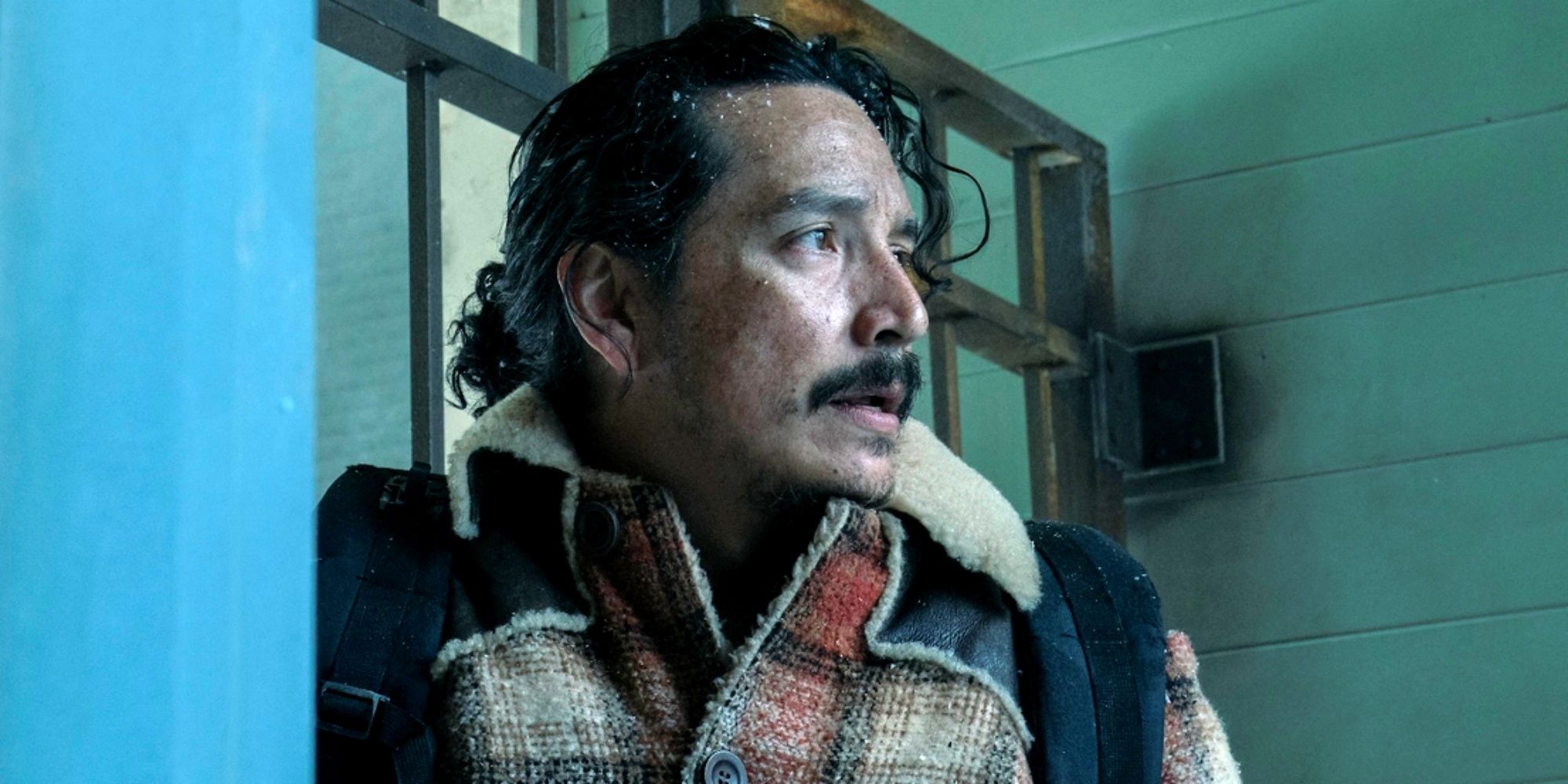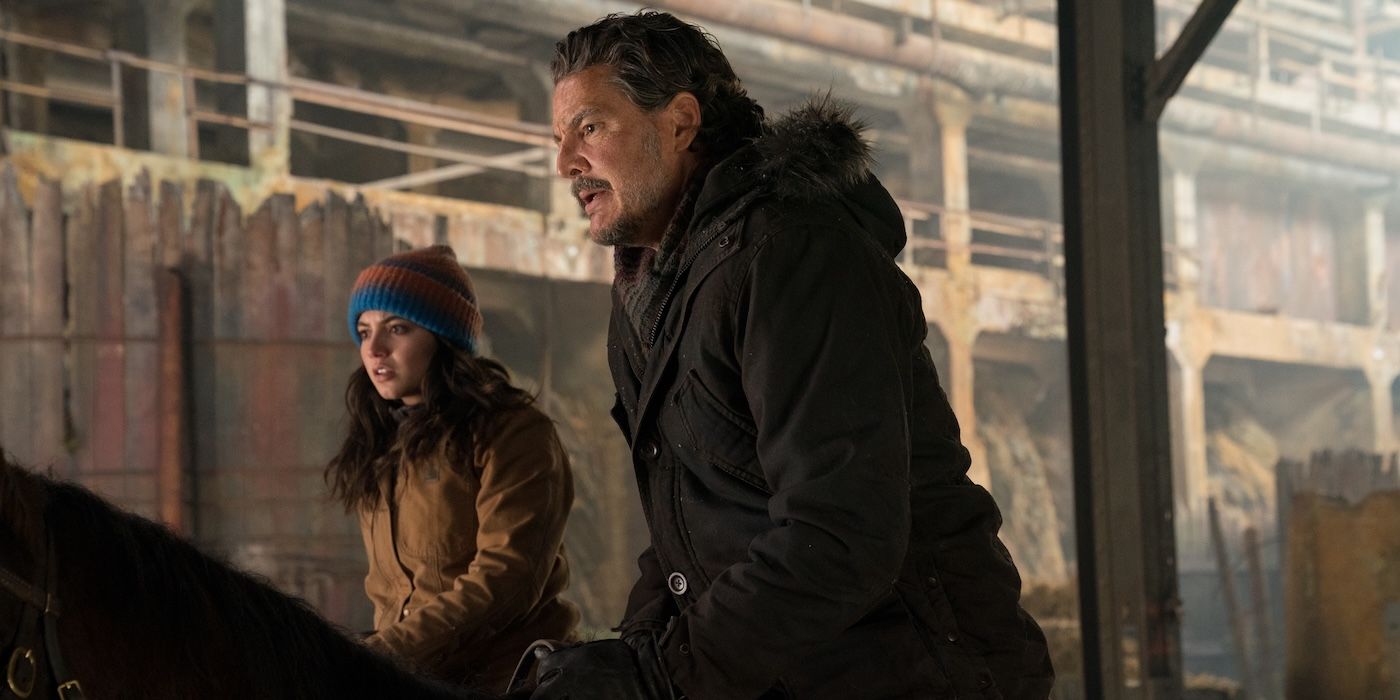Somehow, ‘The Last of Us’ Made One of the Game’s Most Heartbreaking Scenes Even More Devastating
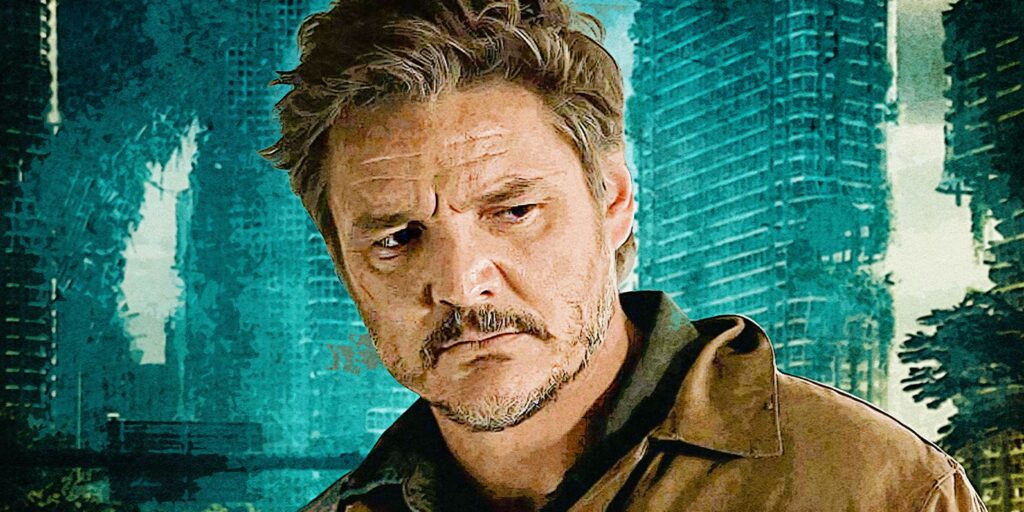
Editor’s note: The below contains spoilers for The Last of Us Season 2 Episode 2 and The Last of Us: Part II.
This week’s episode of The Last of Us, “Through the Valley,” sees one of the most talked-about video game moments in history brought to life in live-action: the death of Joel Miller (Pedro Pascal). For those familiar with The Last of Us Part II, this scene has always been a curious one in terms of how the show would adapt it, and not only because it’s a heartbreaking moment that kills one of the main characters in one of the most critically acclaimed and adored video game series of all time. Especially for those only familiar with the show and not the game, this moment certainly comes as a shock, a truly unexpected sequence of events that completely alters what this story is about.
In the context of the games alone, Joel’s death is a staggering moment that people still debate after all these years, and even with that knowledge, it still hits hard in the series, given that Ellie has to unexpectedly say goodbye to the closest thing she’s ever had as a father — even if their relationship has been fractured. But despite how brutal this sequence is in the game, The Last of Us show makes it far more difficult to watch, while also somehow improving on one of the most daring things to ever happen in a wholly different medium.
What Does Joel’s Death Mean in the Context of ‘The Last of Us’?
Even though video games are commonly known for their violence and deaths, a game death is rarely permanent, and it’s even rarer when the character dying is the star of one of the most beloved games ever made. As with the first season of The Last of Us, players of the first Last of Us game fall in love with Joel (Troy Baker) and Ellie (Ashley Johnson) as they journey across North America to find the Fireflies in Salt Lake City who can potentially make a vaccine, as Ellie is immune to the outbreak that has left the world in ruins. Over that game’s story, it’s hard not to become attached to these two characters, even when they make choices that will ultimately be debated and questioned for years.
This is part of the reason why the beginning hours of The Last of Us: Part II are so shocking and painful. After arriving in Salt Lake City, Joel kills the Fireflies after discovering that they need to kill Ellie in order to make a cure for the outbreak. When Part II begins, Joel lacks any remorse for his actions, and yet, we still understand the decision to massacre dozens of people simply to save the girl he considers a daughter. But also, when Abby (Laura Bailey) and her team, comprised of people who survived the attack on Salt Lake City, find Joel, we also understand that she’s valid in wanting her revenge — even if it’s something we don’t want to see happen to a character we love.
While the attack on Joel is difficult to watch in the game, especially as Ellie is held down and forced to watch, it isn’t just losing a character that makes the moment hit so hard. At this point in the game (as well as the series), Joel and Ellie aren’t nearly as close to each other, with some unspoken division lingering between them. Beyond Joel’s death, there’s also the awareness that Ellie will never fully reconcile with him; they’ll end on terms that aren’t ideal, and her entire community of one has now been taken away from her. Yes, permadeath for a major character is rare in video games, but this much emotional foundation beneath an important death is almost unheard of, even going on close to five years after the game’s initial release.
All Hope Is Lost at This Point in ‘The Last of Us’
The second episode of The Last of Us Season 2, “Through the Valley,” manages to make Joel’s death even more bleak and shattering, in part due to taking any fragments of hope from this story off the table. One of the biggest changes from the game is that the episode also includes an attack on Jackson, as its gates are overwhelmed by a massive horde of infected, with countless citizens lying dead once the dust has settled. Jackson almost stands as a monolith within the video games, a safe haven and one of the few places left where life has continued, where community is thriving, and the world almost seems normal again. Beyond it being where Tommy (Gabriel Luna) now resides, it makes sense that when Joel “saves” Ellie (Bella Ramsey) from the Fireflies, this is where he’d bring her to start their new life together. In the show, before Joel is attacked by Abby, he is determined to go back to Jackson and help fight the infected, and for the majority of the beating, Joel likely thinks both Tommy and Ellie are in danger because of this attack.
In a much slighter way, this moment is also infused with more despair simply by virtue of which characters are paired together. In the game, Joel and Tommy are the ones on patrol when they are tricked by Abby into returning to her hideout, while Ellie and Dina are partnered up to patrol a separate area. In the series, Ellie and Jesse (Young Mazino) wait out the storm in Eugene’s weed-filled 7-11 hideout while Dina (Isabela Merced) goes on patrol with Joel, and, therefore, is also put in potential danger. While Ellie and Dina’s blossoming love story is the furthest thing from anyone’s mind once the attack on Joel takes place in the game, this slight change to the series’ narrative once again pulls more hope out of the ending.
‘The Last of Us’ Season 2 Doesn’t Cut Away From Joel’s Death
However, the way the scene itself is shot makes Joel’s death even more unbearable in the series. In the game, it’s a moment that shifts this entire world, particularly for Ellie, and because of that, it becomes a focal point of the story moving forward. In the game, right after Joel is killed, Ellie is knocked out, so neither she nor the player has to reckon with the aftermath of Joel’s death — but writer Craig Mazin and director Mark Mylod don’t go so easy on us.
In the game, Abby kills Joel with a final blow from a golf club, but in the show, she’s beaten him so badly with the club that it’s broken, leaving a sharp, jagged piece that she ultimately uses to stab Joel in the neck, effectively killing him. While Ellie does get kicked by one of the Fireflies, she’s still conscious — unlike in the game, where she’s knocked out — which means both character and viewer are stuck in a moment they can’t get out of. In the series, we do see the irreparable damage Abby has done to Joel, rendering him a bloody, helpless mess, and as she and the others take their stuff and leave, we’re left behind with Joel and Ellie in their final moments together, an emotional and devastating goodbye.
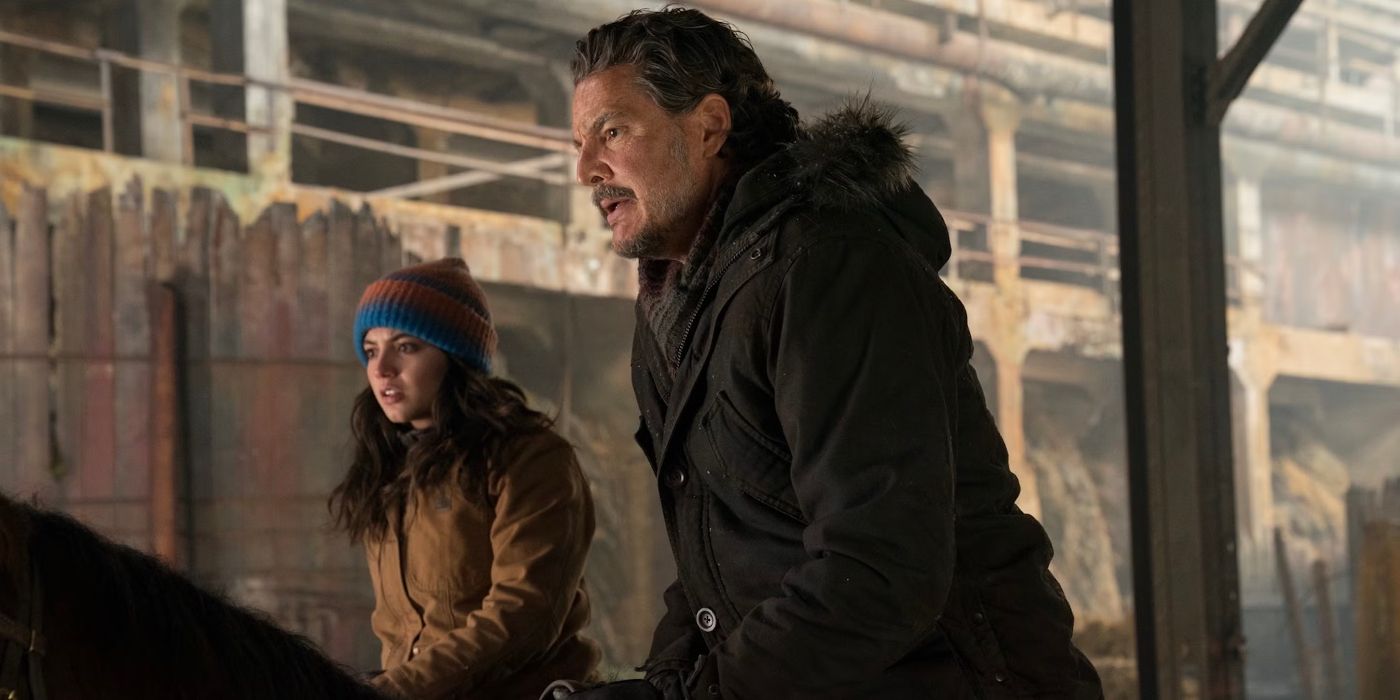
Related
‘The Last of Us’ Season 2 Review: Somehow, the Best Video Game Adaptation Ever Only Got Better
Season 2 finds beautiful ways to update what might very well be the best video game narrative ever told.
In hindsight, Mylod is a perfect choice of director for this pivotal moment in The Last of Us. Consider that Mylod won an Emmy for his direction of “Connor’s Wedding,” arguably one of the finest episodes of Succession. In that episode, as the title implies, we think we’re getting ready for an understandably awkward celebration for one of the Roys. Instead, we find out that Logan Roy (Brian Cox), the family’s patriarch, has died, leaving his children emotionally shattered and unsure about how to proceed next. While Logan’s death is an inevitability that the series hints at from the very beginning, his loss leaves an impact that reverberates nevertheless. Similarly, in the first episode of The Last of Us Season 2, “Future Days,” Abby states that she will kill Joel and do so slowly, yet it still feels like a kick to the gut when it ends up happening. Mylod is brilliant at making inevitable moments still feel like the rug is being pulled out from under us.
Yet, by far, what makes this scene even more painful are Pascal and Ramsey’s performances. When Joel first sees that Ellie is there, after he’s been beaten to a pulp, Ellie screams for him to get up, and when he tries, he can only slightly move his finger. It’s such a small choice from Pascal, but it’s also one that feels like Joel attempting the closest thing he can to try and comfort her, since he can barely move. After Joel dies, Ellie breathlessly crawls her way to him, takes the golf club out of his neck, then crawls on top of him, as if she can hug him tight enough to keep him from slipping away. While something in the last five years has pulled these two apart in ways that may be irreparable, their final moments together simply consist of a daughter who doesn’t want to say goodbye to the only father she’s ever had.
Joel’s death is already a rough scene to watch in the game, but Mylod and Mazin find a way to enhance and even improve one of the most difficult sequences in video game history. The HBO adaptation has always found clever ways to improve the story the games have already told, expanding the Bill and Frank relationship as well as spending more time with Henry and Sam in Season 1, but the incremental changes in “Through the Valley” make The Last of Us‘s most shocking loss even more impactful. After this scene, Ellie will never be the same again, and after this episode, neither will we.
New episodes of The Last of Us Season 2 premiere Sundays on HBO and Max.
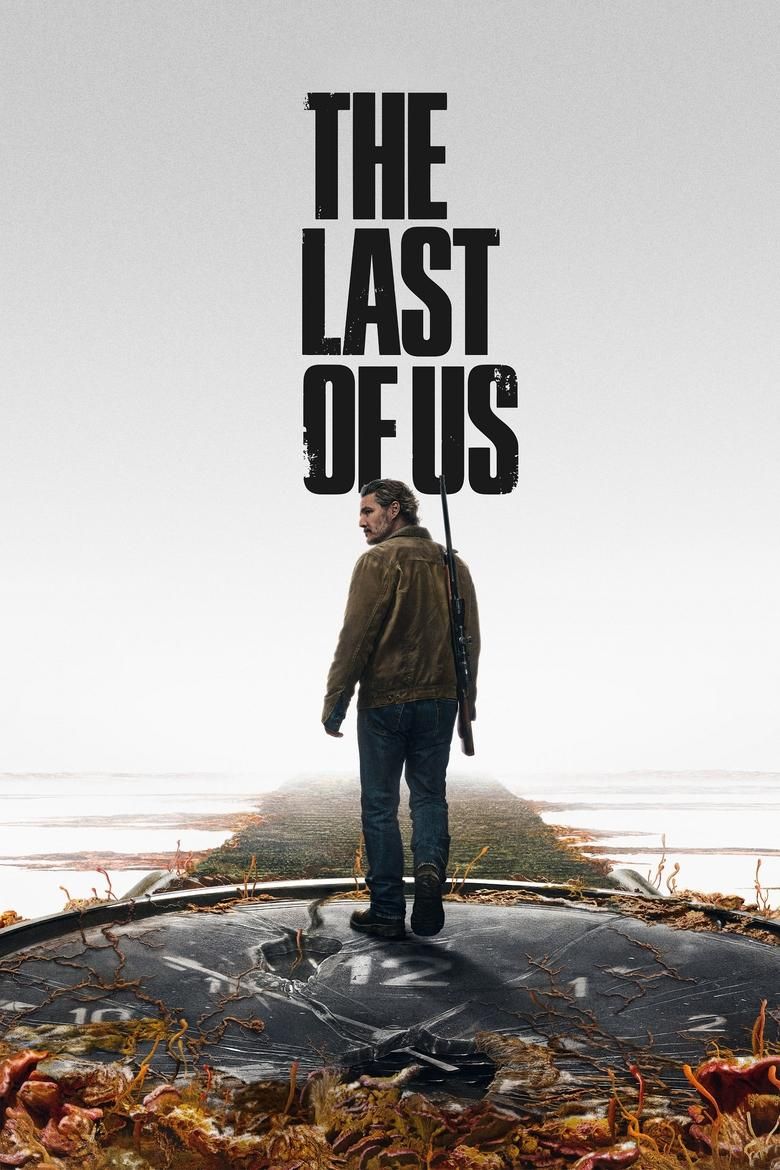
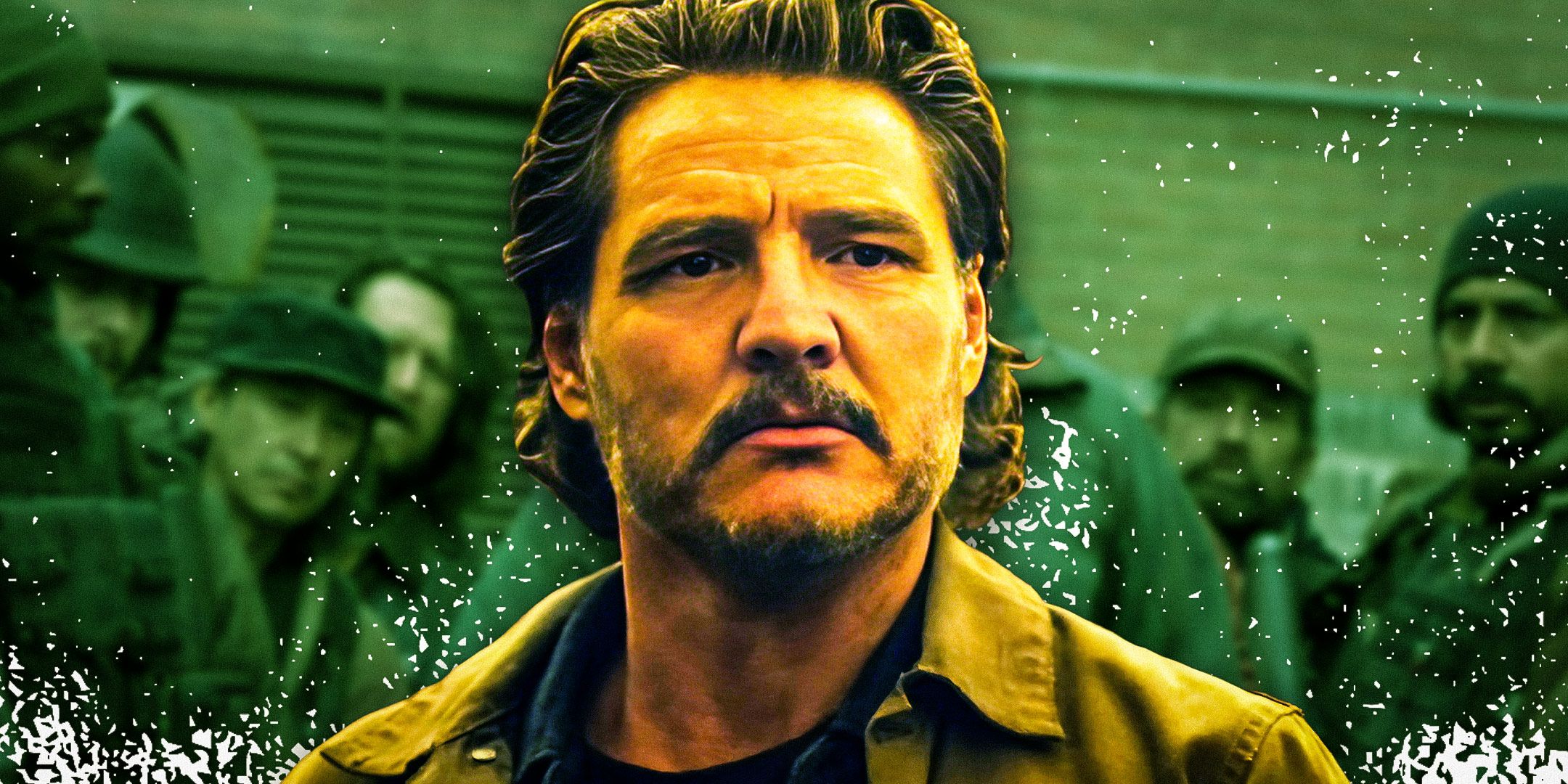
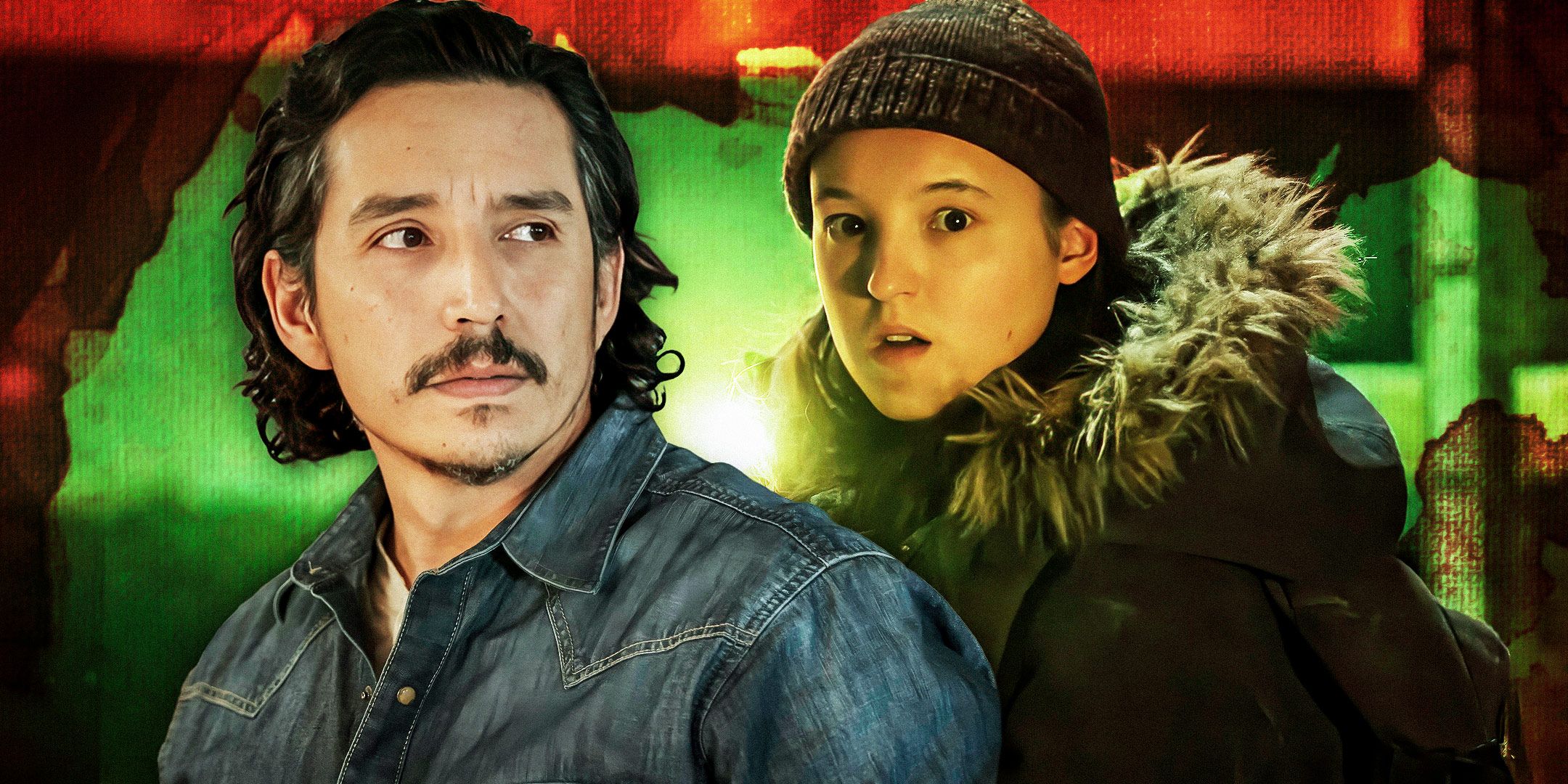

- Release Date
-
January 15, 2023
- Network
-
HBO
- Showrunner
-
Craig Mazin
- Directors
-
Craig Mazin, Peter Hoar, Jeremy Webb, Ali Abbasi, Mark Mylod, Stephen Williams, Jasmila Žbanić, Liza Johnson, Nina Lopez-Corrado
- Writers
-
Neil Druckmann, Craig Mazin

